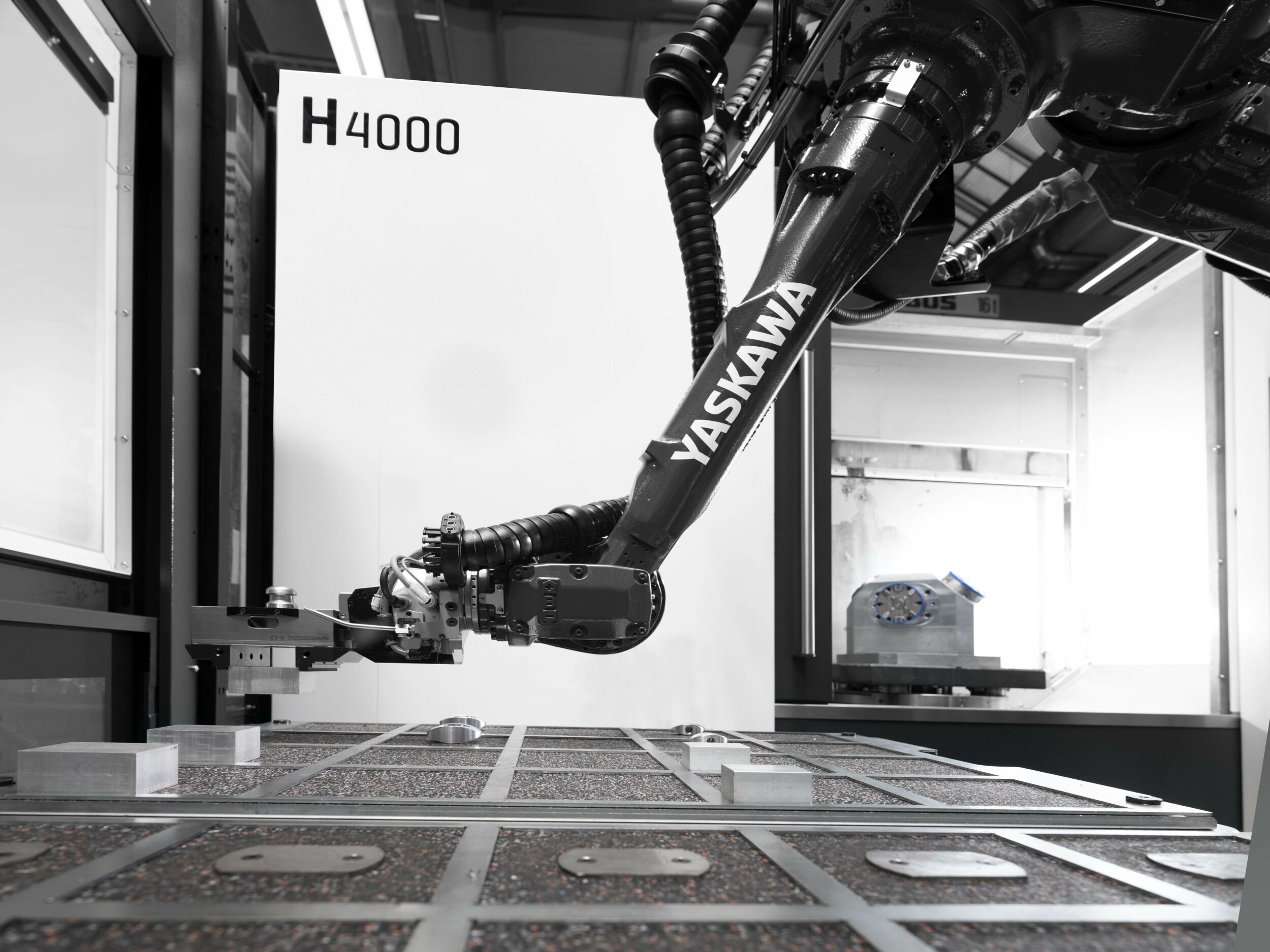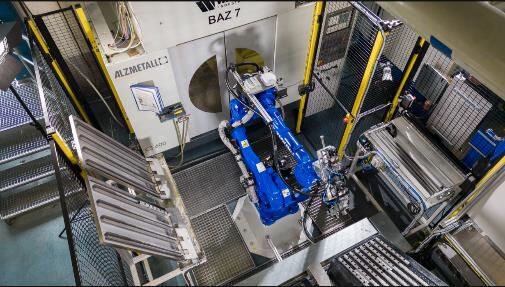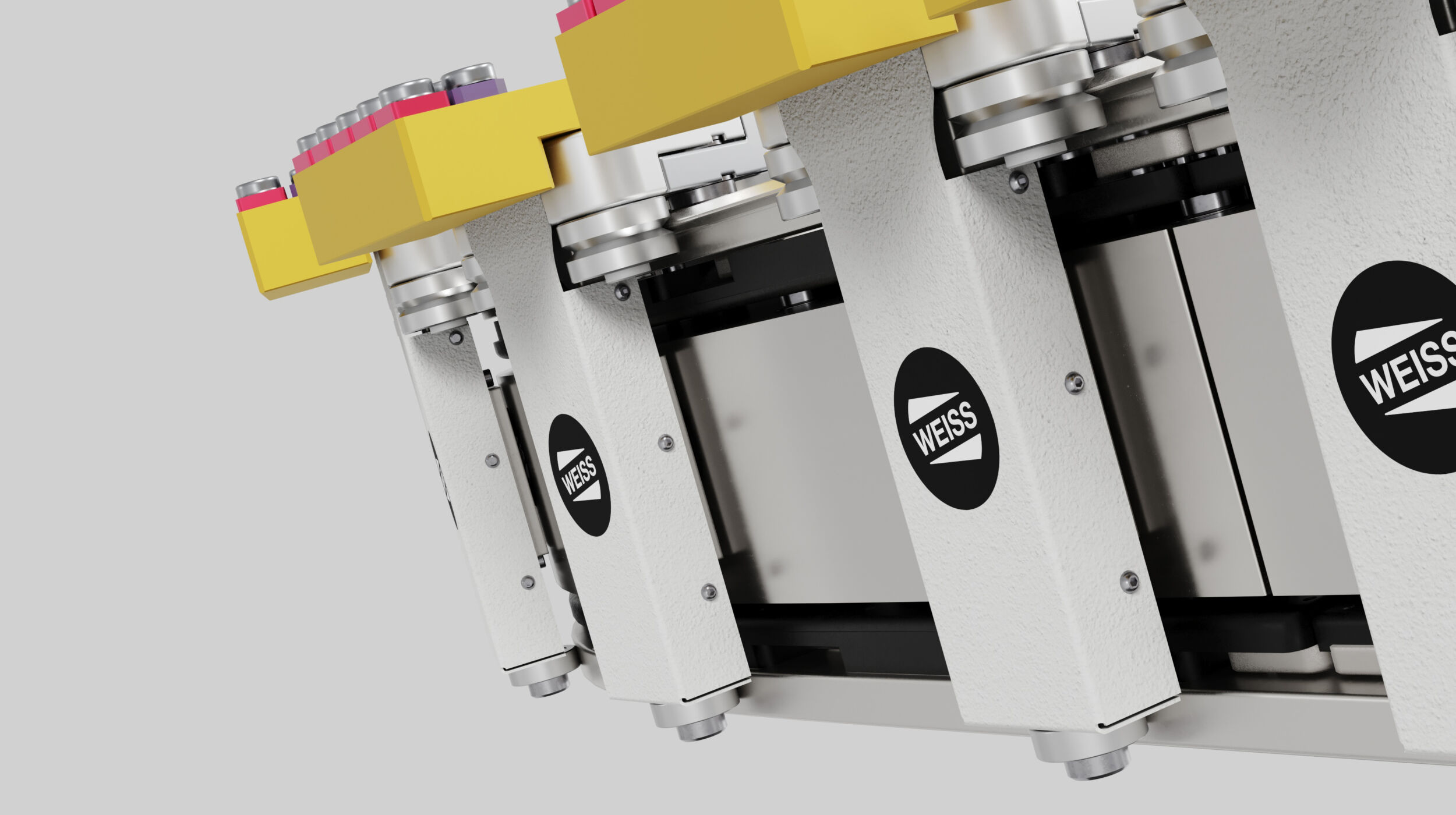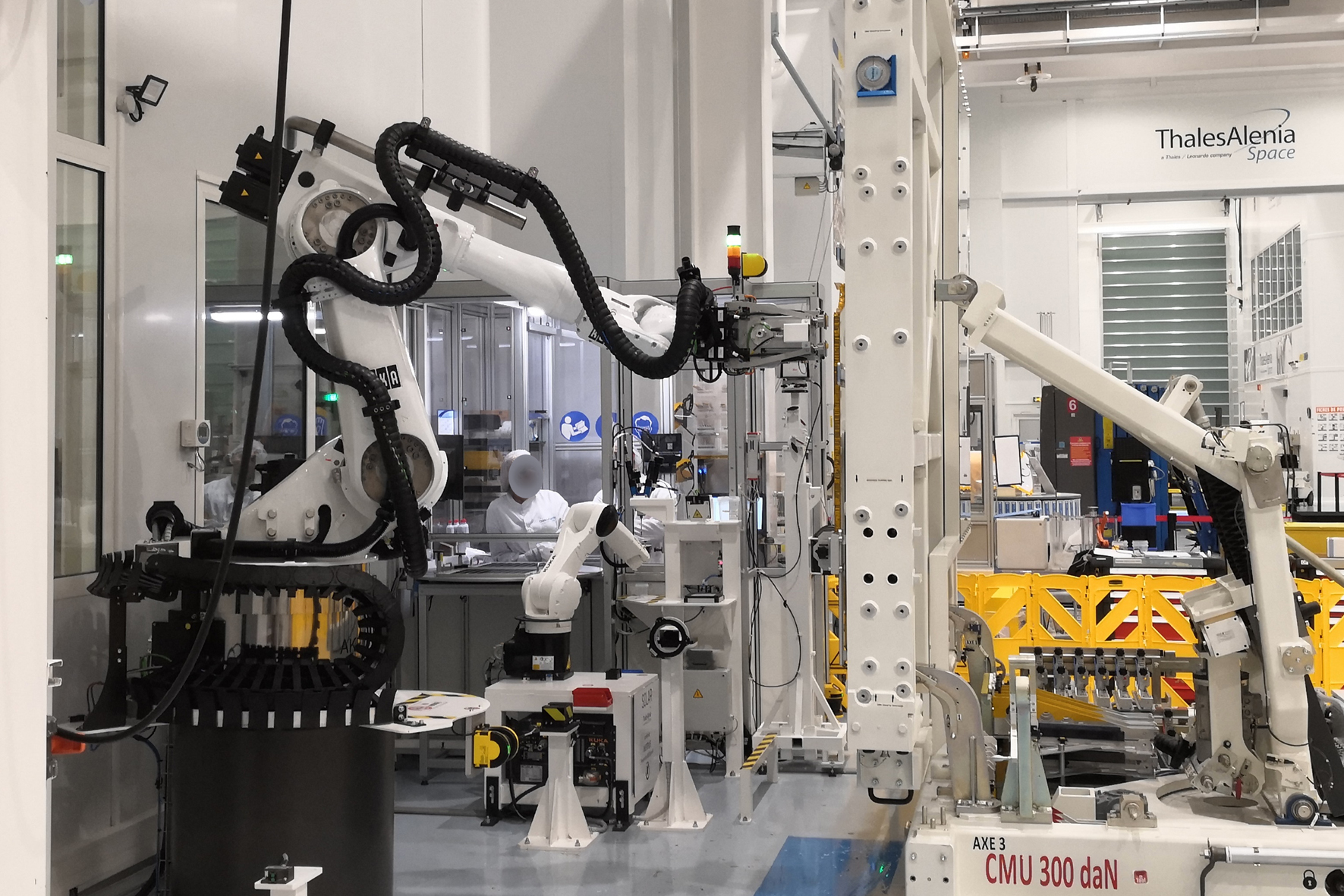The twin issues of killer robots and robots taking our jobs
Robots and the two-edged blade of new technology
There is a scare-tactic video going around on social media, and I wanted to weigh in on it – this particular video has gone from 500,000 views to almost two million in the past ten days. It presents a future in which killer robotic drones – controlled by any terrorist organization or government – run rampant.

Human brain function represented by red and blue gears in the shape of a head representing the symbol of mental health and neurological functioning in patients with a depression disability. (Bild: The Robot Report)
The twin issues of killer robots and robots taking our jobs are the result of the two-edged blade of new technology, i.e., technologies that can be used for both good and evil. Should these new technologies be stopped entirely or regulated? Can they be regulated? Once you see a video like this one, one doubts whether they can ever be controlled. It is fearful media that does not say it is fake until far beyond the irresponsible level.
Shock videos and their reasons
Videos like this one – and there are many – are produced for multiple purposes. The issues often get lost to the drama of the message. They are the result of, or fueled by, headline-hungry news sources, social media types and commercial and political strategists. This particular shock video – fake as it is – is promoting a longer, more balanced documentary and non-profit organization on the subject of stopping autonomous killing machines. Yet there are other factual videos of the U.S. military’s Perdix drones swarming just like in the shock video. Worse still, the same technologists that teach future roboticists at MIT are also developing those Perdix drones and their swarming capabilities.












